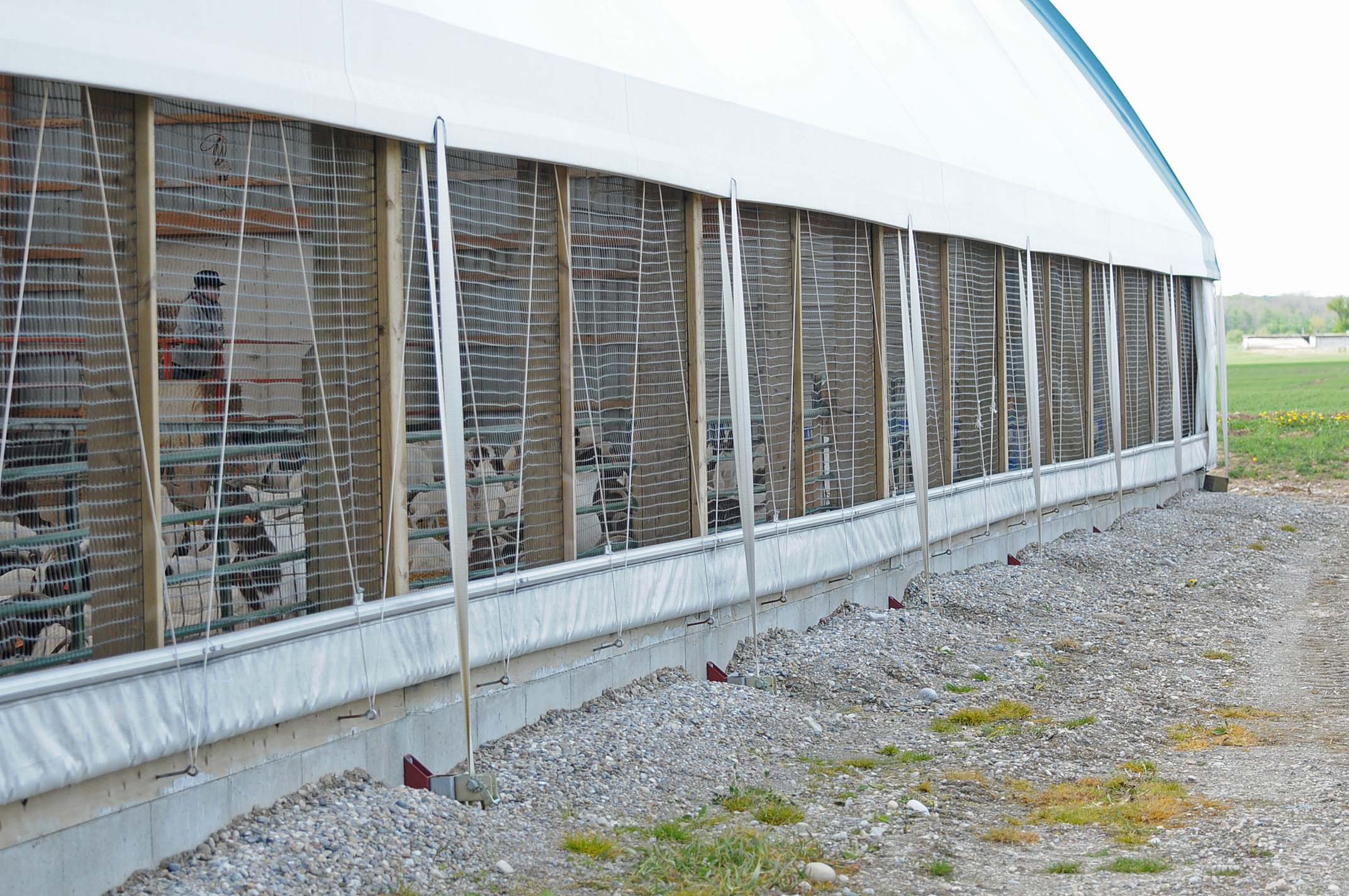We are in this Together

Serious animal disease outbreaks are recognized as the industry’s greatest vulnerability because they have the potential to impact the goat industry and the livestock sector as a whole. These types of emergencies can negatively affect consumer preferences and industry practices, and can restrict Canada’s trade and export capacity. While the threat of Foot and Mouth Disease (FMD) is widely recognized by most producers, there are a number of serious animal diseases such as Tuberculosis, Scrapie, Rift Valley Fever, Bluetongue, Sheep and Goat Pox or Peste des Petits Ruminants that have the potential to cripple the industry indefinitely.
Your operation is important – to you, to the industry and to communities around the world. Across Canada, there are thousands of individual goat operations that are building our international reputation and economic advantage and making a significant contribution to the global food system.
Given this important connection, it follows that if an incident occurs at one operation, there could be a ripple effect across the entire industry. The Disease-related sector-wide emergencies handbook has been designed to equip operators and staff with up-to-date information and resources that can be used during the various phases of an emergency.
The most widely recognized and likely scenario that will cause a sector-wide emergency event in our industry is a serious animal disease outbreak.
Disease-Related Sector-Wide Emergencies
A zoonosis outbreak – a disease affecting both humans and animals – or other health related events such as feed/water contamination, or a newly ‘emerging’ disease would also be classified as disease-related sector-wide emergencies. This is due to the costly, widespread and prolonged impact on the market and the potential for border closure. Reportable and Notifiable Diseases Canadian producers have a duty of care, but they also have a legal requirement to report all suspected cases of certain diseases.
With globalized travel, international trade, climate change and the emergence of new and unlisted diseases, such as the Schmallenberg Virus that occurred in 2012 in the EU, we all need to stay informed and aware.
Your Responsibility
As a producer, you know your operation inside out. When an animal is unwell, there will be signs and it is your responsibility to act on those cues. Reporting suspected disease not only helps to reduce animal and human health impacts, it is integral to protecting our industry. Serious animal disease outbreaks require extensive resources and expert assistance to contain and eradicate the disease, so it is important to alert the appropriate authorities as early as possible.
Prepare
Review the Disease-related sector-wide emergencies handbook to inform yourself of the important role you play in keeping Canada’s goat industry healthy and safe.
AHEM-ON-Goat-Handbook-DIGITAL